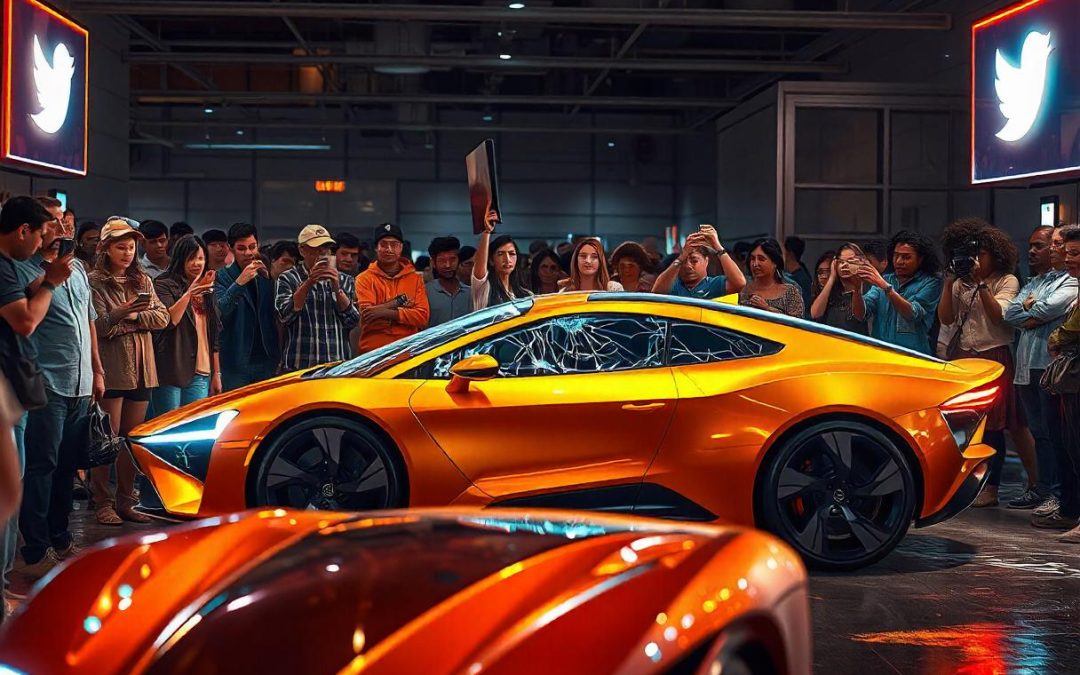Reverse marketing involves covertly attracting an audience using negative publicity. Instead of fearing the backlash, they embrace it, even exploiting it to draw interest from consumers.
Volkswagen’s infamous “Lemon” campaign is a classic case where the brand openly rejected its own car as defective. Instead of hurting sales, this action reassured buyers about the company’s quality control, boosting trust and demand. Crocs was once ridiculed for their “ugly” design, but they embraced the criticism and began partnering with high-fashion brands, transforming their bold design into a symbol of self-confidence rather than a flaw. Conversely, the launch of Tesla’s Cybertruck followed a similar path. The event went viral when its supposedly shatterproof windows broke on stage. What would have otherwise been considered a public relations nightmare instead led to record pre-orders and and widespread discussion.
This technique exploits human psychology. People are drawn to the unusual, even if for the wrong reasons. When a product is criticized, curiosity kicks in, and now consumers want to see for themselves. Moreover, an acknowledgment of faults portrays a brand as more authentic, thereby fostering loyalty. Moreover, in a few situations, owning an object that is ridiculed by others cements one’s status in an exclusive club.
Most reverse marketing techniques are not for every brand; the gamble is very real. To those who grasp its potential, however, nasty publicity becomes a trampoline toward greater success.
#ReverseMarketing #BrandStrategy #MarketingPsychology #ViralMarketing #ConsumerBehavior

